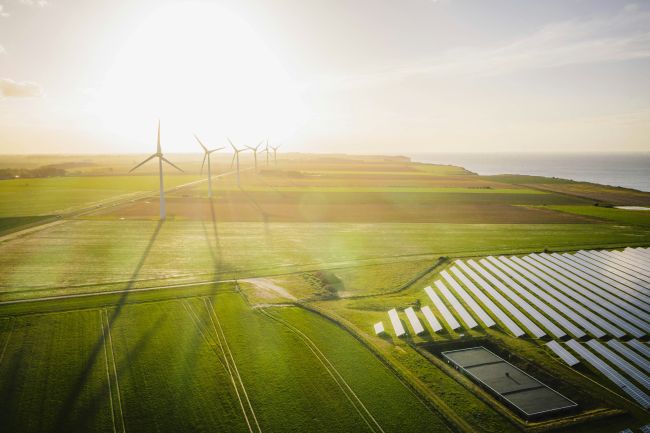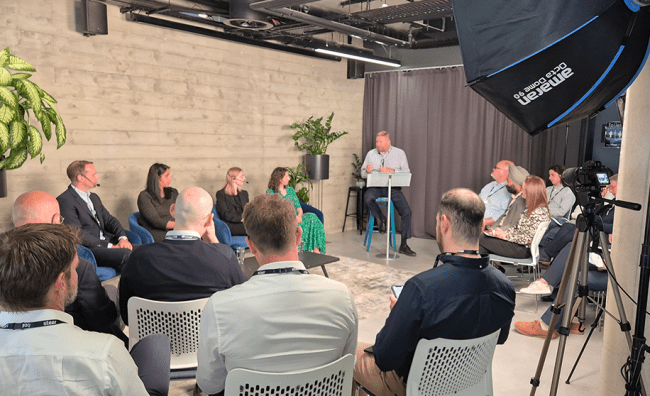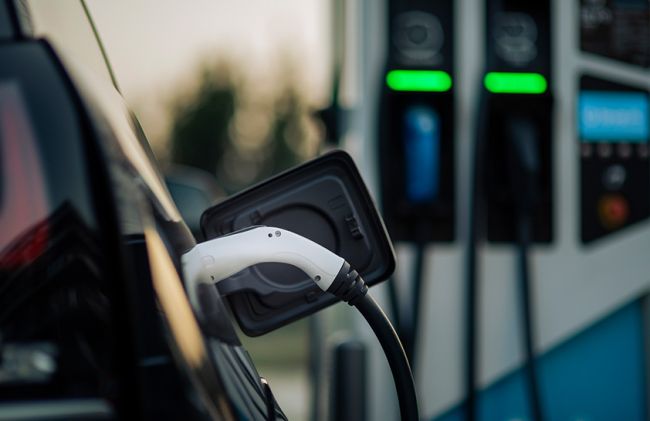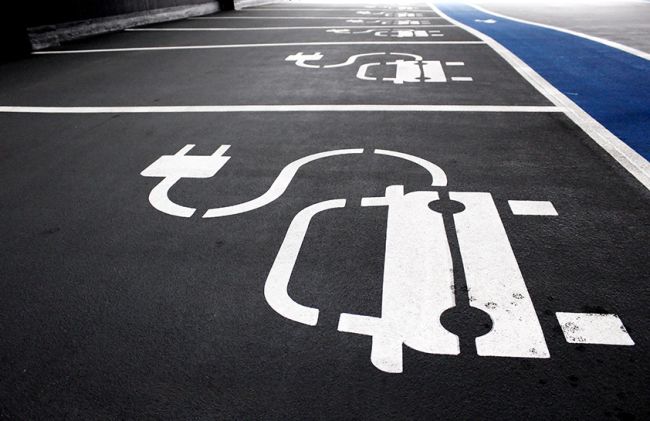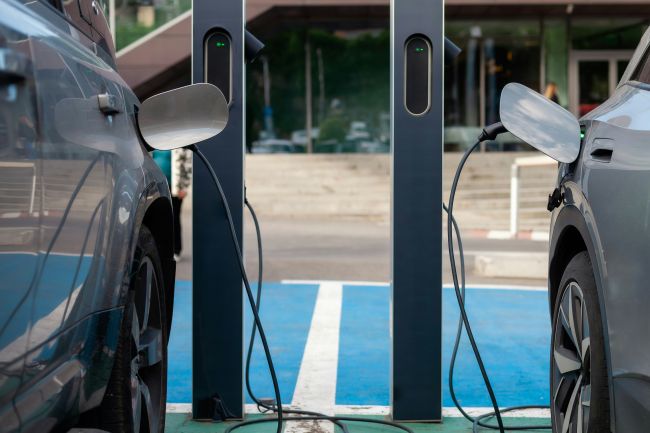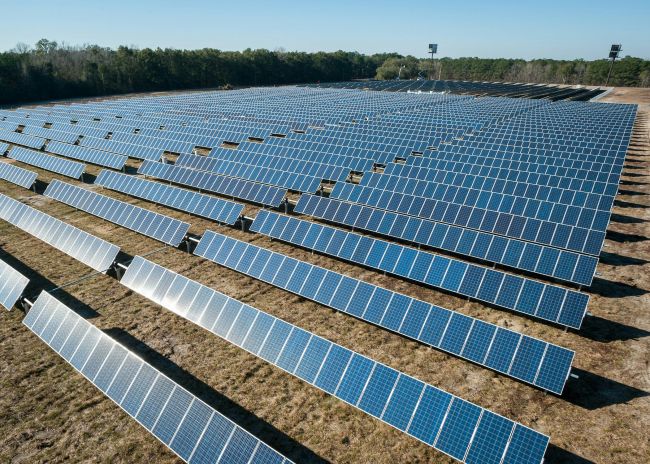Reliable, Renewable, Ready: The Biomethane Moment the UK Can’t Afford to Miss
At Green Gas Day 2025, the message was clear: biomethane is reliable, renewable, and ready—but government action must catch up. Viet Nguyen explores the shifting landscape of the UK’s biomethane sector, from policy alignment and planning reform to the emerging carbon value stream that’s reshaping how investors model future projects.
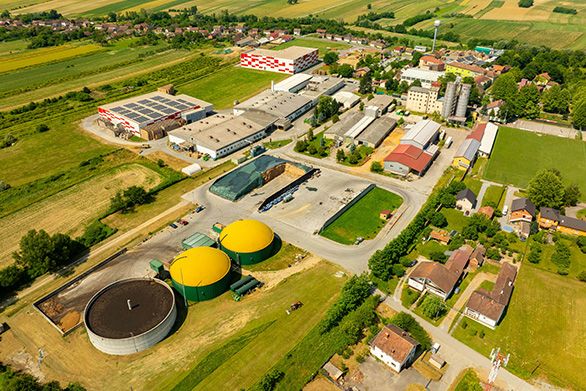
Earlier this month Amberside Advisors Associate Director Viet Nguyen attended Green Gas Day 2025, the largest gathering of green gas (including biomethane and hydrogen) professionals in the UK.
The message at Green Gas Day 2025, biomethane is reliable, renewable and ready and now and the government needs to catch up.
For years, biomethane has been the unsung workhorse of UK decarbonisation: dispatchable, scalable, and built on familiar technology. However, the conversation has now shifted from tariffs and technology to planning, carbon and alignment.
The Green Gas Taskforce - representing 13 of the UK’s largest Anaerobic Digestion (AD) operators, gas networks and trade bodies - has brought long-needed coherence to the debate. Their campaign, “Reliable, Renewable, Ready,” argues that biomethane is the easy win in the UK’s decarbonisation toolkit and they have five key demands:
- A 20 TWh national biomethane target by 2035.
- Recognition of biomethane in the UK ETS.
- A market for carbon removals and digestate value.
- Extended GGSS-successor scheme beyond 2028.
- Planning reform to unblock delivery.
What is the backdrop to this campaign, for an industry too often overlook in the net zero debate?
The Department for Energy Security and Net Zero (DESNZ) confirmed that the Green Gas Support Scheme (GGSS) will continue until 2028, with an announcement expected soon on its successor.
- Officials were bullish, tariff levels aren’t the barrier and the real constraint is planning and permitting. If biomethane projects are to flow again, they’ll need faster approvals, clearer permitting rules or potentially even recognition as Nationally Important Projects. Without this many new projects will not make a 2028 GGSS deadline.
- Energy, agriculture and waste policy are pulling in (roughly) the same direction at Whitehall as digestate valorisation and feedstock waste policy, integration into the emissions trading scheme ETS, and negative emissions valuation come together across DESNZ, the Treasury and the Department for Food and Rural Affairs (DEFRA).
- The Alder BioInsights study for the Green Gas Taskforce shows sustainable domestic feedstock could deliver 50 TWh of biomethane by 2030 and up to 120 TWh by 2050 - almost ten times today’s output.
- A new wave of feedstock is emerging, Simpler Recycling and End-of-Waste reforms mean that food waste doubling by 2035, livestock slurries barely tapped (only 3 % used in Anaerobic Digestion today), and rotational crops offering soil and economic co-benefits.
- At least 70 % of the UK’s AD fleet could capture CO₂ today, according to Ceres Group, representing over 0.5 Mt per year of biogenic CO₂. Combine that with storage access and the numbers become extraordinary: the Carbon Capture and Storage Association estimates biomethane with CCUS could deliver 17 Mt of negative emissions by 2050 - a quarter of the UK’s engineered removals - at half the cost of direct carbon capture (DACCS).
What does this mean for investors?
For investors, the implications are both exciting and complex. Future cashflows will increasingly come from two revenue streams: gas sales and carbon value. Project models must now account for CO₂ pricing, cluster access, and transport logistics - not just tariffs and gate fees.
That’s where robust financial modelling and practical advisory experience come together.
Amberside Advisors have stood on both sides of the fence - developing AD projects and advising the investors and operators who develop, invest and operate them. We know a model is only as good as the assumptions behind it, so we work with clients to test those assumptions against real-world policy, carbon, and market dynamics. In a changing sector, the goal isn’t just to produce a number - it’s to build confidence that the decision behind it is sound.
As the next GGSS announcement looms, one truth stands out from Green Gas Day 2025:
biomethane is no longer a niche subsidy technology - it’s a strategic asset. The feedstock exists, the carbon economics are emerging, and the technology is ready. Now it’s about joining the dots - policy, planning and investment - to turn potential into progress.
Reliable. Renewable. Ready.





